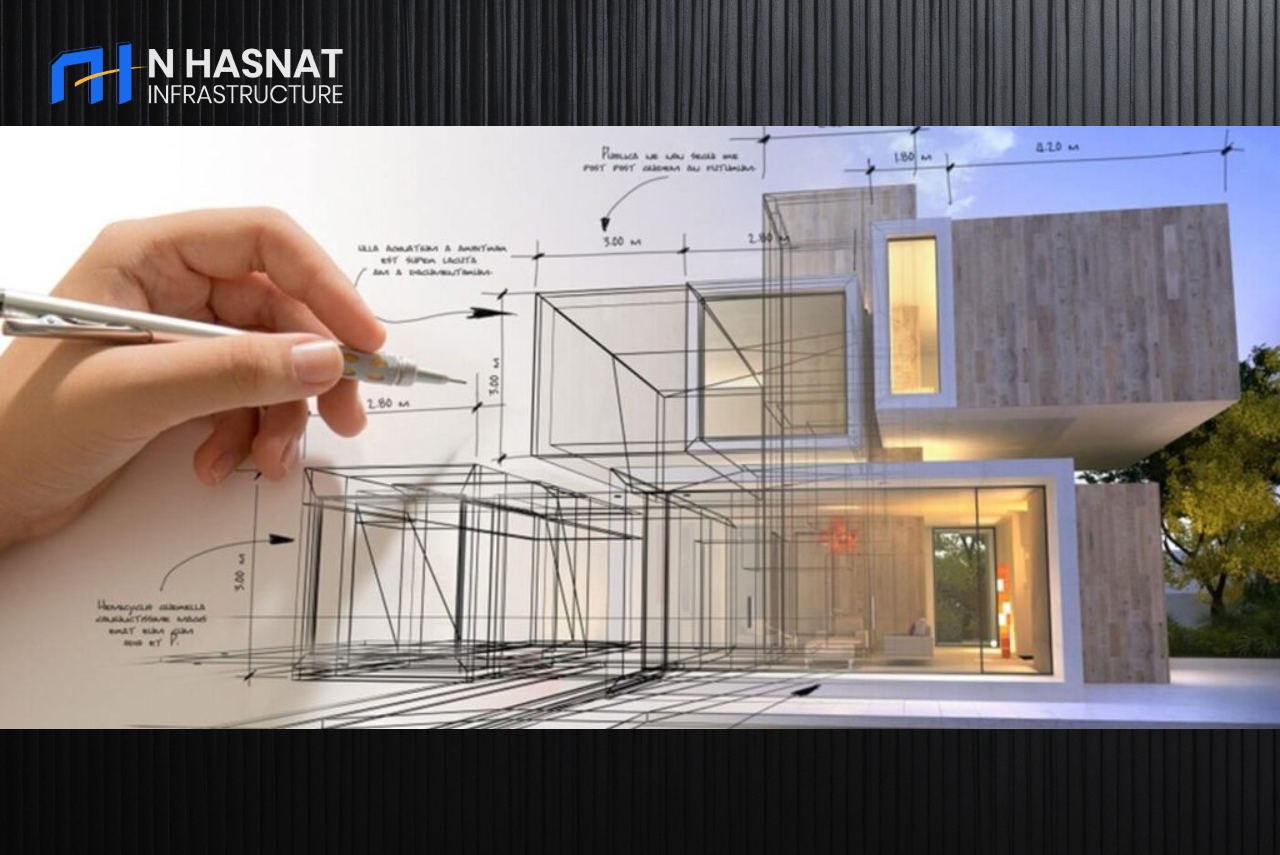
◈ Understanding the Distinction: Architecture vs. Interior Design
When it comes to creating functional, aesthetically pleasing spaces, two professions often come to mind: architecture and interior design. While these fields are closely related and often collaborate, they serve distinct roles in shaping the built environment. This article delves into the fundamental differences between architecture and interior design, shedding light on their unique contributions to the world of design and construction.
Architecture: The Blueprint of Form and Function
The Architect's Role
**Architecture** is the comprehensive process of designing and planning the structural framework of buildings. Architects are responsible for creating the overall concept and vision for a structure, including its form, function, and aesthetics. They consider various factors such as site conditions, building codes, safety regulations, and the needs of the inhabitants or users.
Key Architectural Responsibilities
1. **Space Planning:** Architects decide how the building will be organized in terms of rooms, circulation, and functionality. They determine the size, shape, and arrangement of spaces.
2. **Structural Design:** Architects are responsible for the building's structural integrity. They design the framework, ensuring it can support the weight and withstand environmental forces.
3. **Aesthetics:** Architects create the building's external appearance, including its style, materials, and visual appeal. Their design choices often reflect cultural, historical, and contextual influences.
4. **Environmental Considerations:** Sustainable design and energy efficiency are essential aspects of modern architecture. Architects incorporate eco-friendly features and materials into their designs.
5. **Compliance:** Architects must adhere to local building codes and regulations, ensuring the safety and legality of the structure.

Interior Design: Enhancing Spaces Within
The Interior Designer's Role
**Interior design**, on the other hand, focuses on the interior spaces of a building. Interior designers work to optimize these spaces for comfort, functionality, and aesthetics. They are responsible for selecting furniture, finishes, colors, and decor elements that align with the architectural vision while creating a cohesive and inviting environment.
Key Interior Design Responsibilities
1. **Spatial Layout:** Interior designers plan the arrangement of furniture and fixtures within a space to maximize its utility and flow.
2. **Color and Material Selection:** They choose colors, textures, and materials that complement the architecture and create the desired atmosphere.
3. **Furniture and Fixture Selection:** Interior designers select and source furniture, lighting, and accessories that align with the design concept and the client's needs.
4. **Customization:** In some cases, interior designers may design custom furniture or fixtures to fit the space perfectly.
5. **Aesthetics:** They ensure that the interior spaces are visually appealing and in harmony with the overall architectural design.
Collaboration between Architects and Interior Designers
In practice, architects and interior designers often collaborate closely to create cohesive and harmonious spaces. This collaboration involves:
- **Conceptual Alignment:** Architects and interior designers work together to ensure that the interior design concept complements the architectural concept.
- **Technical Coordination:** Interior designers need to understand the architectural plans to integrate their designs seamlessly. This includes coordinating with architects on electrical and plumbing layouts.
- **Material Selection:** Architects may consult interior designers on material choices for interior finishes to ensure they meet both aesthetic and functional requirements.
- **Project Management:** Depending on the project's complexity, one or both professionals may take on project management responsibilities, ensuring the project stays on schedule and within budget.
Conclusion: Two Sides of the Design Coin
In summary, architecture and interior design are distinct yet interrelated disciplines. Architects focus on the overall structure, form, and functionality of a building, while interior designers specialize in optimizing interior spaces for aesthetics and usability. When these two professions collaborate effectively, they can create spaces that are not only visually appealing but also highly functional, reflecting the perfect synergy between architecture and interior design.
